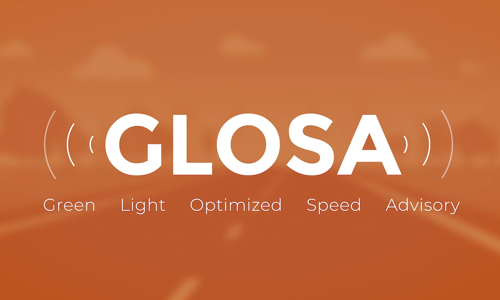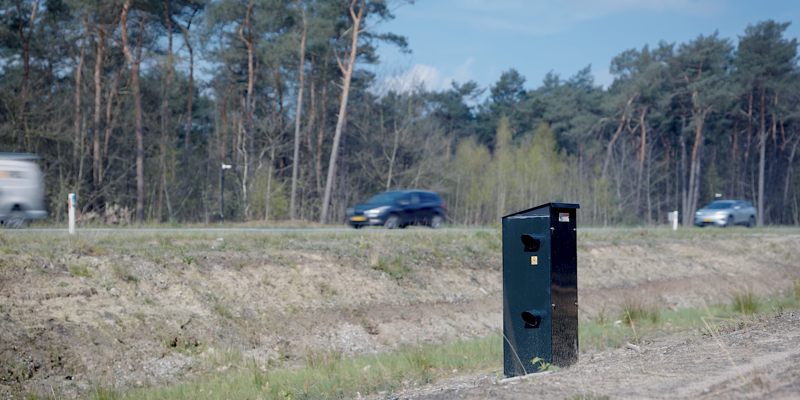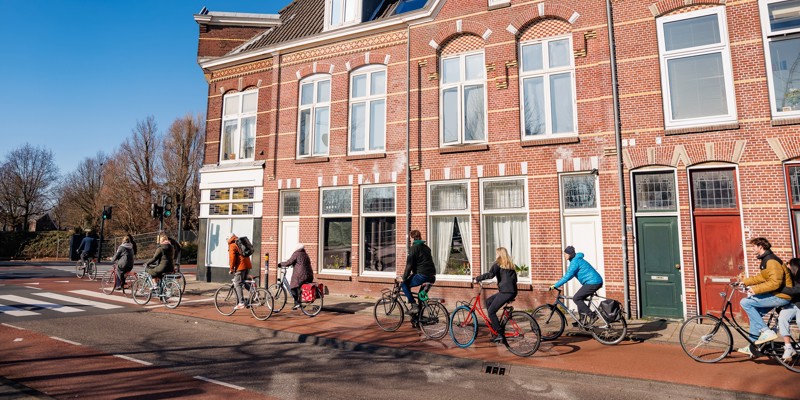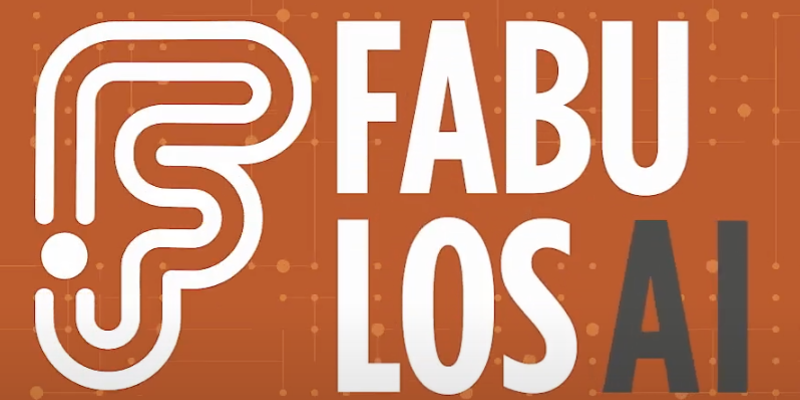
Four improvements
The assessment of the road tests that was completed just before the summer has led to four improvements for the smart traffic control application:
- Red and green times based on a reservation. A few seconds before the traffic light changes colour, the traffic control application must give very precise information to the approaching vehicles that will no longer change in that period.
- Speed recommendation based on a reservation. If the traffic control application is unsure about the usefulness of the speed recommendation, it will not supply this information.
- The traffic control application supplies information about the queue (the number of waiting vehicles) in front of the traffic light.
- The recommendation applies to the entire road section between two traffic lights. Using bigger MAP messages is recommended within this context. These messages contain the layout of the intersection.
These improvements mean that GLOSA's usefulness will be better including for adaptive traffic lights. GLOSA, for example, supplied a reliable speed recommendation in no less than 90% of the test vehicles.
We summarise the conclusions and improvements in the animation video below. Would you like more information about GLOSA, the improvements that are possible in smart traffic control applications and this project? Read this extensive summary.
Ready for Dutch roads
It is now up to the road authorities to decide on which road sections the improved GLOSA can be used. This can be on a local level and does not need to be everywhere in one go. Next, ‘GLOSA-enabled corridors' can be created These are road sections that have been carefully selected by the road authority on which GLOSA data can be used for driving task support and traffic management. These are road sections where the road authority believes that traffic in the main direction receiving useful GLOSA data is important. The smart traffic control applications must then comprise the aforementioned improvements.
A GLOSA that works correctly helps in ensuring there is less braking and accelerating. The TNO study has shown that GLOSA reduces the NOx emissions of trucks that unnecessarily accelerate up to 75% and CO2 emissions are reduced up to 20%. In addition, GLOSA increases the comfort of the driver who experiences a type of 'green wave'. It is being expected that this comfort will help invite traffic to use preferred routes.
European standard
In due course, we will also be able to use the improved GLOSA in the rest of Europe. For this, we consulted C-Roads, a European platform that works on the standardisation of smart mobility technology. Project Manager Oene Kerstjens explains: “Collaborating with C-Roads is a hugely important step in this process. If there is sufficient support to include the results of our GLOSA project in standardisation items, it is possible that GLOSA will be assisting authorities throughout Europe in the future. We are not there yet, but with these improvements and possible collaboration, we are that much further.”
This project is being carried out in collaboration between SmartwayZ.NL (MobilitymoveZ.NL), TNO, V-Tron, Be-Mobile, Monotch, Swarco, Vialis and the municipalities of Helmond and Breda.





